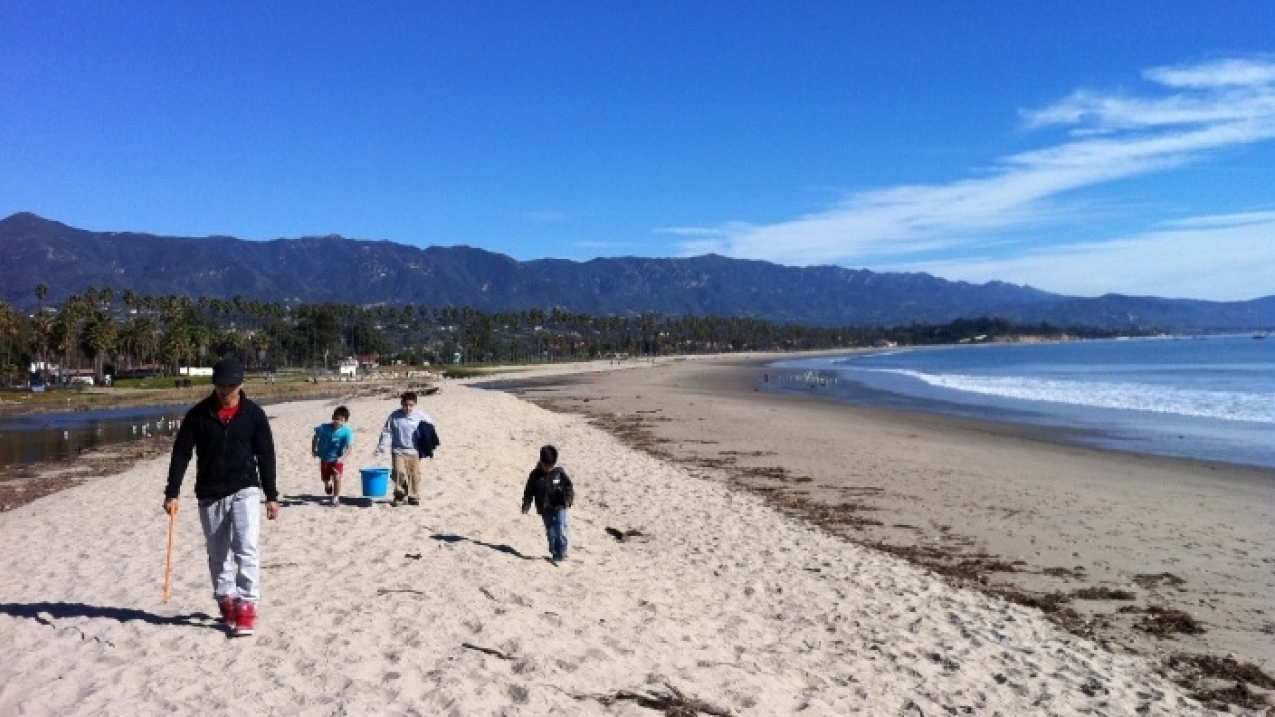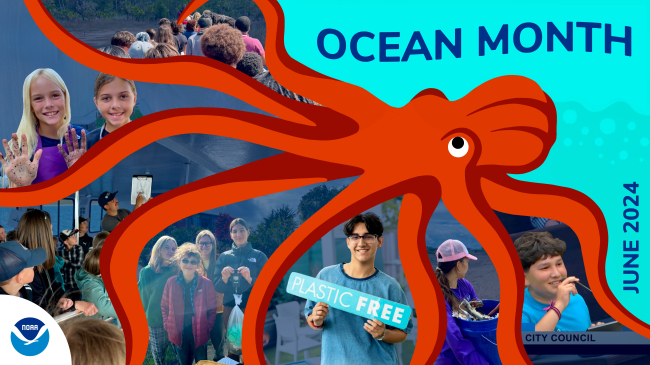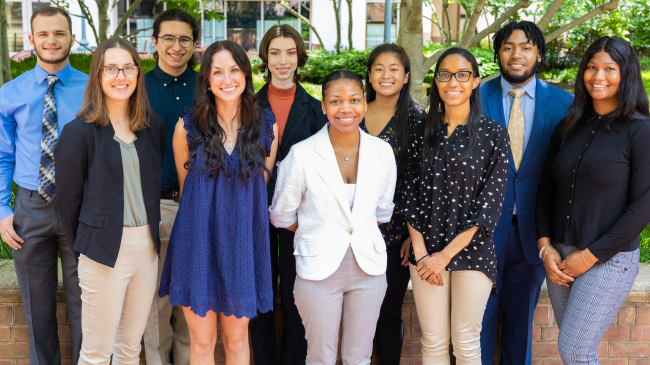From afar, the iconic sandy beaches of Santa Barbara, California, appeared pristine. Up close, students from Goleta Family School could see that the data they collected for the Marine Debris Monitoring and Assessment Project (MDMAP) told a different story.

Students survey washed-up trash in Santa Barbara, California, using the Marine Debris Monitoring Toolkit. (Image credit: NOAA)




